Forty-one years ago, in February 1979, Iran was taken hostage by fundamental clerics led by Ruhollah Khomeini, who later became the first supreme leader of the Islamic Republic. Earlier, the Iranian people had taken to the streets, pursuing the overthrow of the monarchic dictatorship.
They managed to topple Shah Mohammad Reza Pahlavi after paying a heavy price and many being killed by security forces. However, they were once again trapped in the clutches of a cruel dictatorship, religious fascism. Under the ayatollahs’ rule, many ordinary people fell victim to the state’s mismanagement and horrible policies.
“Preserving the [Islamic] State, is the foremost necessity,” Khomeini frequently reiterated, paving the path for unbelievable crimes under the pretext of religion. In this respect, the ayatollahs founded the Islamic Revolutionary Guard Corps (IRGC), as the leading oppressive and aggressive apparatus.
On September 21, speaking to the TV Channel Five, Senior IRGC Spokesperson Abolfazl Shekarchi explained that “defending the ideologic frontiers of the Islamic Republic and the Islamic Revolution” is “the ‘natural mission’ of the IRGC.” In fact, this terrorist organization is the ayatollahs’ main instrument to preserve their rule.
In addition to taking hostage the Iranian people’s fate, the theocracy ruling Iran has terrorized other nations—either in the Middle East or across the globe—as an element of power. As his first act of terrorism, Khomeini ordered his loyalists to take over the U.S. embassy in Tehran on November 4, 1979.
The current supreme leader, Ali Khamenei, attended the scene and played a crucial role in provoking thugs, who had named themselves “Students followers of the line of the Imam [Khomeini].” Khamenei, however, was not the only incumbent regime official who was involved in the hostage-taking crisis.
Many members of the so-called reformist faction, who have taken the highest positions in President Hassan Rouhani’s administration, were involved in the incident. Despite their “reformist” or “moderate” titles, they have never expressed regret for raiding and occupying a foreign embassy, which caused enormous disadvantage for the people.
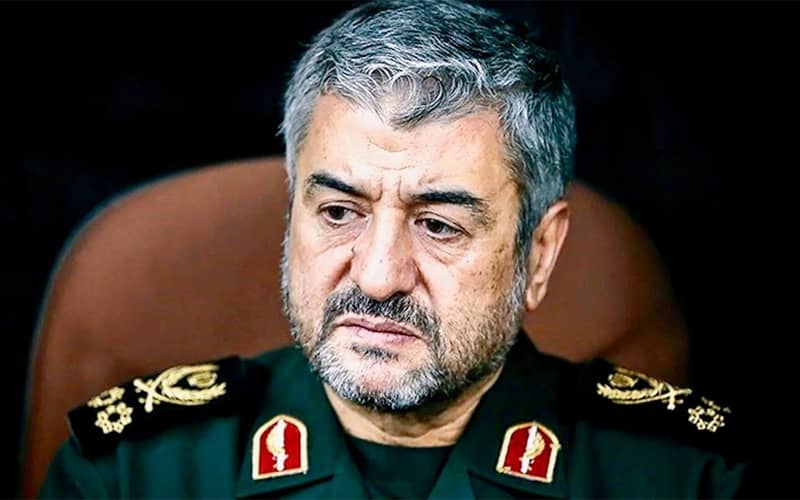
Instead, several authorities still defend and justify the terrorist act. “Had it not been for the American embassy hostage-taking, our revolution would not last for over 40 years and the revolution would be annihilated in the first decade,” Mohammad Ali Aziz Jafari, former IRGC commander-in-chief and current chief of Baghiatallah base, said in November 2018. Baghiatallah base is an IRGC subsidiary responsible for implementing and justifying Khamenei’s cultural and social decrees.
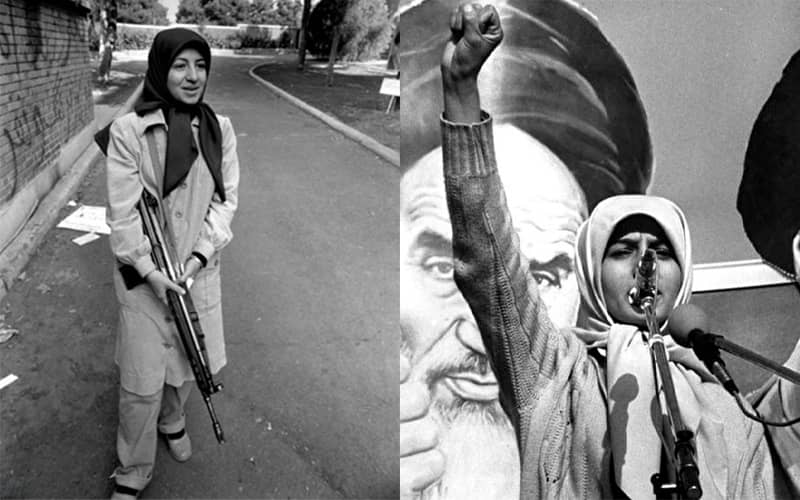
Aside from Jafari, several so-called reformists played a pivotal role in the 1979 hostage-taking crisis. Massoumeh Ebtekar, Deputy President in the administrations of Hassan Rouhani and Mohammad Khatami, was the spokesperson for the hostage-takers.
At the time, Ebtekar explicitly announced that she is ready to personally put a gun to the head of one of the hostages and kill him.
Iran's regime can always count on @CNN to push its talking points. Today it gave VP Masoumeh Ebtekar 16 mins to portray the terrorist Soleimani as the victim.@camanpour didn't mention that her guest was Spox for 1979 US Embassy hostage takers
Compare Ebtekar's remarks now & then pic.twitter.com/qa7GwMHT6z— M. Hanif Jazayeri (@HanifJazayeri) January 7, 2020
Hamid Abutalebi, a political advisor to the president, was also among the hostage-takers. For 15 years, he worked as the Iranian regime’s ambassador to several European states, including Italy, Belgium, Australia, and the European Union. In 1993, he was personally involved in the assassination of Mohammad Hossein Naghdi, representative of the Iranian coalition opposition National Council of Resistance of Iran (NCRI) in Rome.
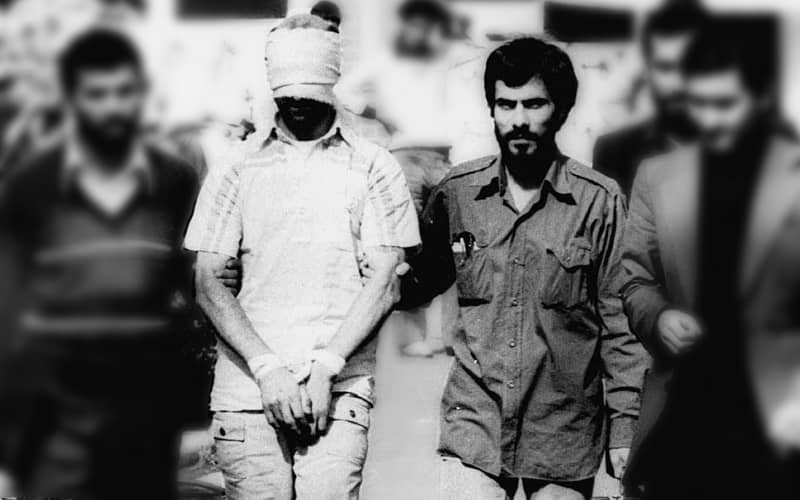
In 2014, Rouhani nominated him as the Iranian representative to the United Nations in New York. However, the U.S. administration refused to grant him a visa due to his roles in the 1979 hostage-taking of the U.S. embassy and the Naghdi assassination.
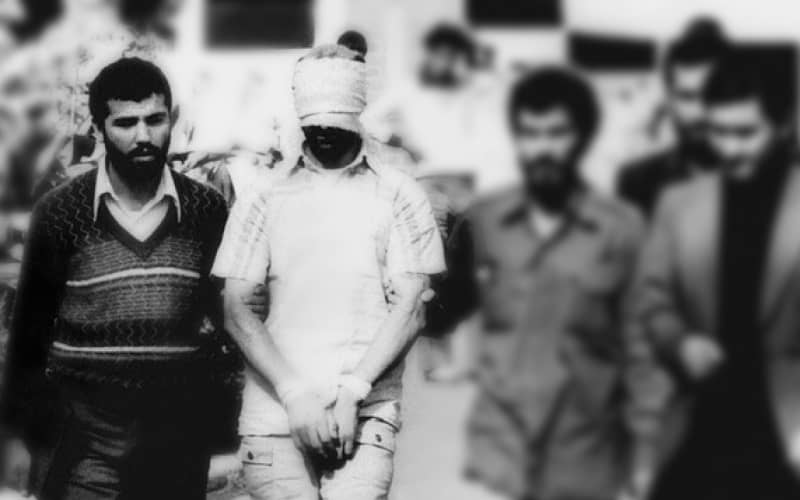
The Defense Minister in Rouhani’s first administration, Hossein Dehghan, was also among “Students follower of the line of the Imam.” Following the release of American hostages, Dehghan joined the IRGC. From 1982 to 1984, he was in Beirut, playing a crucial role in shaping Lebanese Hezbollah. According to U.S. media, Dehghan was one of the masterminds of bombing the U.S. embassy and U.S. Marines barracks in Beirut in the 1980s.
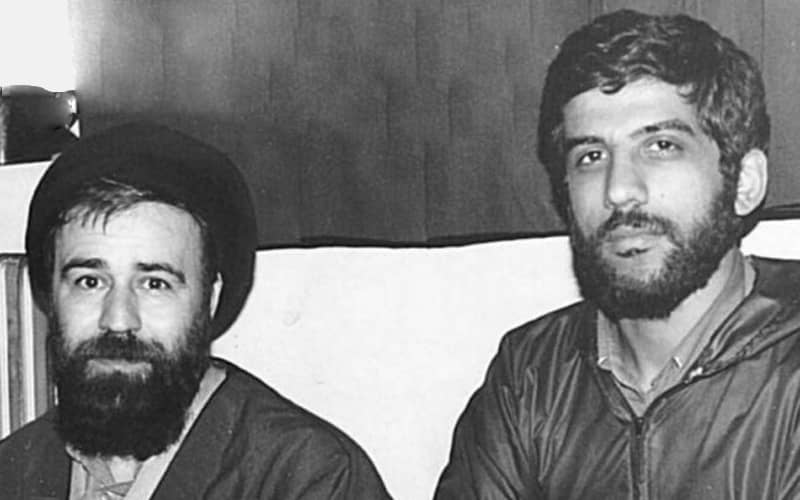
Ezzatollah Zarghami, head of Iran’s propaganda apparatus (IRIB) between 2004 and 2014, was another player in the 1979 hostage-taking. He also has strong ties with the supreme leader, and because of his role in censorship and oppressive measures, he is considered one of Khamenei’s confidants.
Throughout its four-decade history, the Iranian government has tried to gain political and economic leverage through abductions. Previously, a former IRGC commander Hassan Abbasi pointed out to kidnapping foreign nationals as a profitable business for the IRGC. “Look at how the IRGC generates funds. The IRGC detains a spy like Jason Rezaian. The U.S. pleads for him to be released,” he described the kidnapping as a pressure card in February 2020.
Abbasi added that in response to the U.S.’s requests to release the hostages, “we say: No, you have to pay for him. Our government gets paid $1.7 billion to hand over this spy. Thus, by detaining just one spy, the IRGC earns the equivalent of the $1-2 billion it was supposed to receive from the government budget,” Abbasi added.
How Does the Iranian Revolutionary Guards (IRGC) Make Money? – Part 1
In this context, the Iranian government has a dark history. For instance, on July 19, 1982, Iran-backed forces abducted the president of American University David S. Dodge in Beirut. Kidnappers transferred him to Tehran. He was supposed to be a part of the captive swap between Iran and Israel.
“Several of Lebanese Shiite forces kidnapped American David Dodge. ‘This hostage must be swapped with [then-IRGC commander in Syria] Haj Ahmad Motevasselian,’ they announced,” said Motevasselian’s successor Mansour Kouchak-Mohseni on July 7, 2012.
Furthermore, in his book, “I narrate for the history,” an IRGC founder and IRGC Minister (1982-89) Mohsen Rafighdoost revealed damning details about the IRGC’s extraterritorial and blackmailing operations. He explained how he received the decree to assassinate the Shah’s last prime minister Shahpour Bakhtiar and how he formed a squad to carry out the assassination in Paris.
Afterward, he recounted that the IRGC operation failed, and French security forces detained the Lebanese-led operative team. Anis al-Naqqash, as the head of the terror squad, was sentenced to several years in prison. However, his cohorts in Lebanon attacked the French embassy in Beirut and kidnapped four diplomats. Moreover, Lebanese terrorists hijacked a civil plane to subdue the French government.
“I was in prison in France… One day, someone came to me from the French Foreign Ministry … I asked, what do you want? He/she said we don’t know whether our hostages are alive or not?” Naqqash said in a televised interview on February 11, 2017.
Naqqash explained how the Iranian government blackmailed France, forcing the French to pay $1 million in ransom and expel Iranian Resistance leader Massoud Rajavi from France. “The first condition is that one million dollars must return to Iran. He/she said OK, and what is the next demand? I told him/her expel Massoud Rajavi [the Iranian opposition leader] from France,” Naqqash added.
Additionally, Iranian authorities time and again kidnapped dissidents in Turkey and Iraq. Members and supporters of the People’s Mojahedin Organization of Iran (PMOI/MEK) were the first victims of the Iranian government’s abductions.
The ayatollahs also kidnapped U.S. and British citizens and military forces in Iraq and even in international waters. They also took hostage dozens of foreign and dual nationalities who had traveled to Iran, accusing them of “espionage.” Tehran sought to gain political leverage through these operations.
As the latest hostage-taking mission, Iranian authorities detained Franco-Iranian academician Fariba Adelkhah to compel the French government to release their detained diplomat Assadollah Assadi on behalf of the European Union. Assadi was directly involved in a bomb plot that targeted the NCRI’s annual gathering in France in 2018. However, as the Iranian government loses its grip on the country, foreign states no longer buy into the blackmailing of Tehran’s mullahs and adopt firmer decisions.
In this respect, the NCRI and its president-elect Maryam Rajavi has frequently called on the international community to take practical and effective actions to counter the ayatollahs’ terrorism and warmongering abroad. Rajavi demanded the U.S. and EU governments to compel the Iranian government to respect the people’s human rights, abolish the death penalties, and free all political prisoners, prisoners of conscience, and protesters unconditionally.
She also called on the civilized world to recognize the Iranian people and their organized Resistance’s struggle to get free of the hostage-taking government of clerics and preserve their national assets to counter the novel coronavirus, not to kill innocent people and build nuclear weapons.


